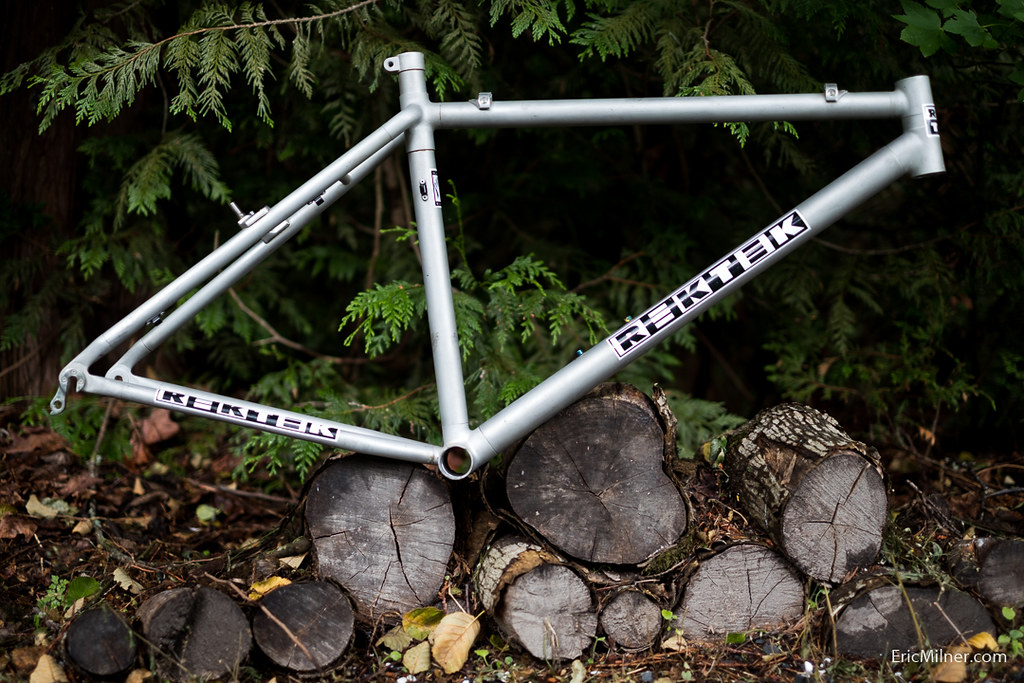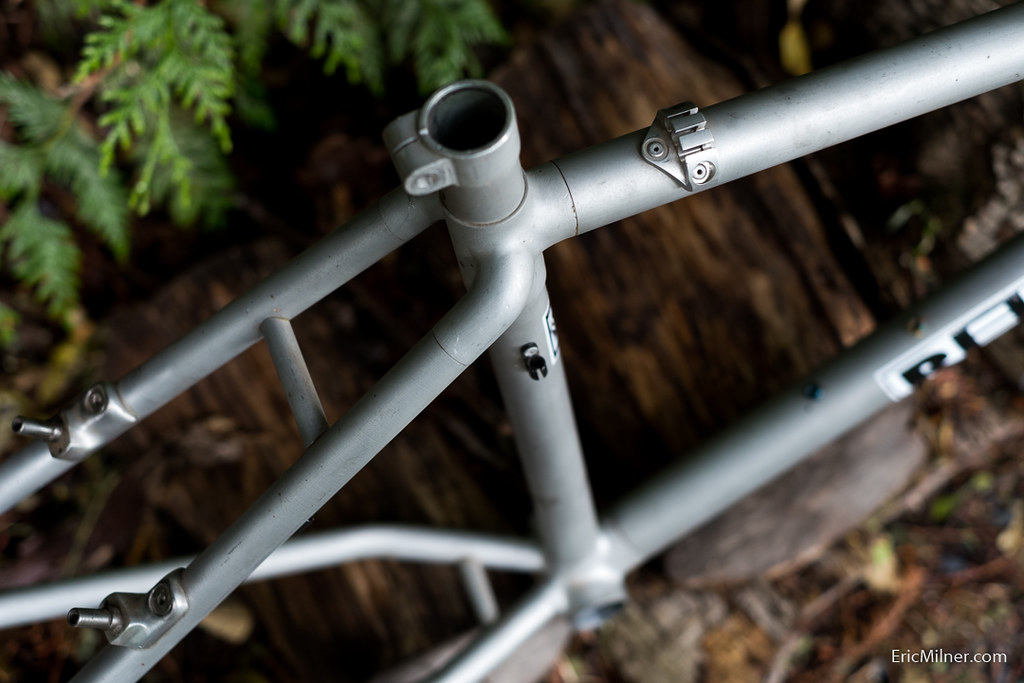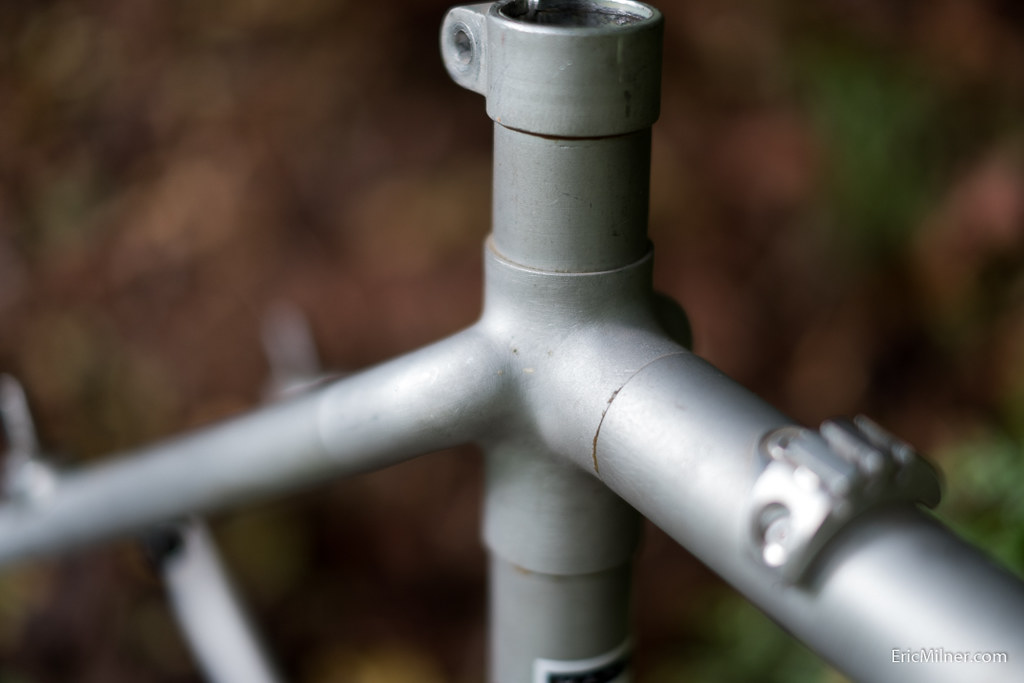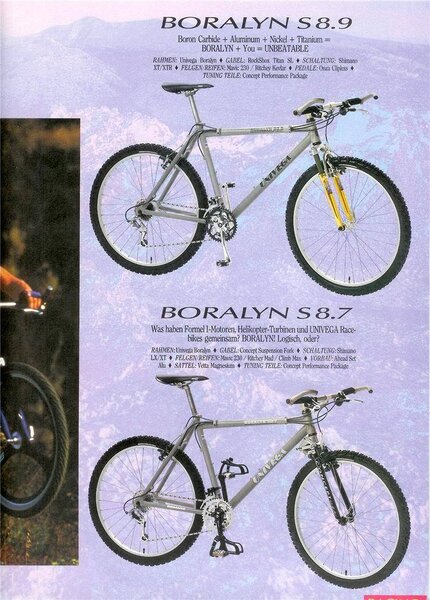You may find this hard to believe, but there is a metal out there that is significantly more expensive than titanium. It's called beryllium. Beryllium has about two-thirds the density of aluminum, so it certainly fits into the category of non- density-challenged metals. Furthermore, beryllium has some amazing mechanical properties - and density is only one of them.The specific strength (strength divided by density) of beryllium is very high. The specific stiffness (modulus divided by density) is the highest of any metal on the face of the earth ... or within the earth for that matter. But beryllium is rare: Its concentration in the earth's crust is approximately 6 ppm. No rich deposits exist, and one of the results of this low concentration is the aforementioned high cost - compared to aluminum, it's about 200 times as expensive!
Here are some of the specific numbers for a tube of extruded beryllium: 40 KSI ultimate and 44 MSI modulus - which when combined with the low density, gives you the phenomenal specific stiffness numbers ... many times higher than any other metal. By comparison, the modulus of steel is only about 30 MSI, and the density of steel is nearly five times that of beryllium.
Had enough good news? The bad news is the horrendous elongation number of about 2 percent in the longitudinal direction, and 0.2 percent in the transverse direction. On planets where the surface temperature might be about 390 degrees F, the elongation number for beryllium goes way up, to 23 percent. Unfortunately, that doesn't do us much good here on earth. (An interesting note that appeared next to the elongation number in one mechanical engineering handbook was "Ductility values in practice will be found in general to be much lower, and essentially zero in the transverse direction." Ouch!)
Fortunately, there is an alternative to extruded beryllium: It's called cross-rolled sheet. The beryllium bike that Brush-Wellman (a vertically integrated beryllium company) made for American Bicycle Manufacturing a couple of years ago was fabricated from sheet, to take advantage of higher elongation (more than 10 percent) and higher ultimate and tensile strength. To make the bike, the sheet was rolled into tubes and welded together.
In further bad news, beryllium wins out over all metals on the toxicity issue - beryllium dust can kill you. Inhalation of dust particles or vapors containing beryllium may cause berylliosis, an inflammation of the lungs.
Due to cost, ductility and toxicity constraints, pure beryllium isn't commercially feasible for bicycle frames. Sure, you can make one, like that $25,000 showpiece that ABM did, but you can't call that project commercially feasible.
Brush-Wellman also has created an aluminum-based alloy with beryllium added to the mix. The patented metal is trademarked as AlBeMet, and it shows some promise for bicycle parts. The material is already being sold commercially in other markets - for computer disk drives, for instance - and Beyond Fabrications of San José, California, has seatposts and handlebars made out of it. Frames are on the way, according to a spokesman for Brush-Wellman. Altogether, the company has four alloys of AlBeMet, and they vary from 30 to 62 percent beryllium in the mix, with the following claimed mechanical properties:
AlBeMet Alloy: 130 140 150 162
% Beryllium 30 40 50 62
Density .086 .082 .080 .076
Yield (KSI) 23 30 33 40
Ultimate (KS) 34 40 50 55
Elongation (%) 17 15 13 7
Modulus (MSI) 19 20 25 28
Brush claims that these alloys are weldable. It's interesting to note that strength is quite low for the materials with less than 50 percent beryllium.A final practical use for beryllium is as a neutron source to charge the initiator in atomic bombs. When bombarded with alpha radiation, beryllium emits neutrons. Thanks to beryllium, that's how the neutron was discovered back in 1932.








